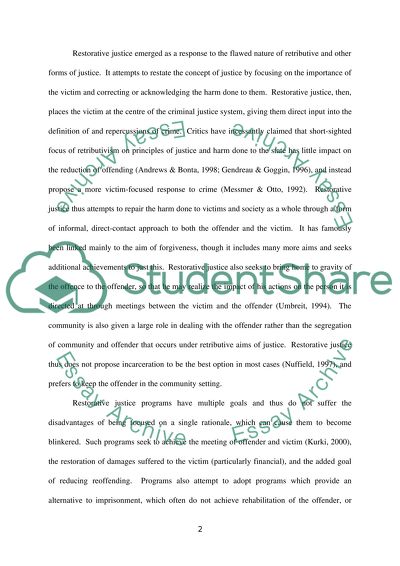Cite this document
(“Domestic Violence and Restorative Justice: A New Proposal Research”, n.d.)
Retrieved de https://studentshare.org/law/1392748-domestic-violence-and-restorative-justice-a-new-proposal
Retrieved de https://studentshare.org/law/1392748-domestic-violence-and-restorative-justice-a-new-proposal
(Domestic Violence and Restorative Justice: A New Proposal Research)
https://studentshare.org/law/1392748-domestic-violence-and-restorative-justice-a-new-proposal.
https://studentshare.org/law/1392748-domestic-violence-and-restorative-justice-a-new-proposal.
“Domestic Violence and Restorative Justice: A New Proposal Research”, n.d. https://studentshare.org/law/1392748-domestic-violence-and-restorative-justice-a-new-proposal.


